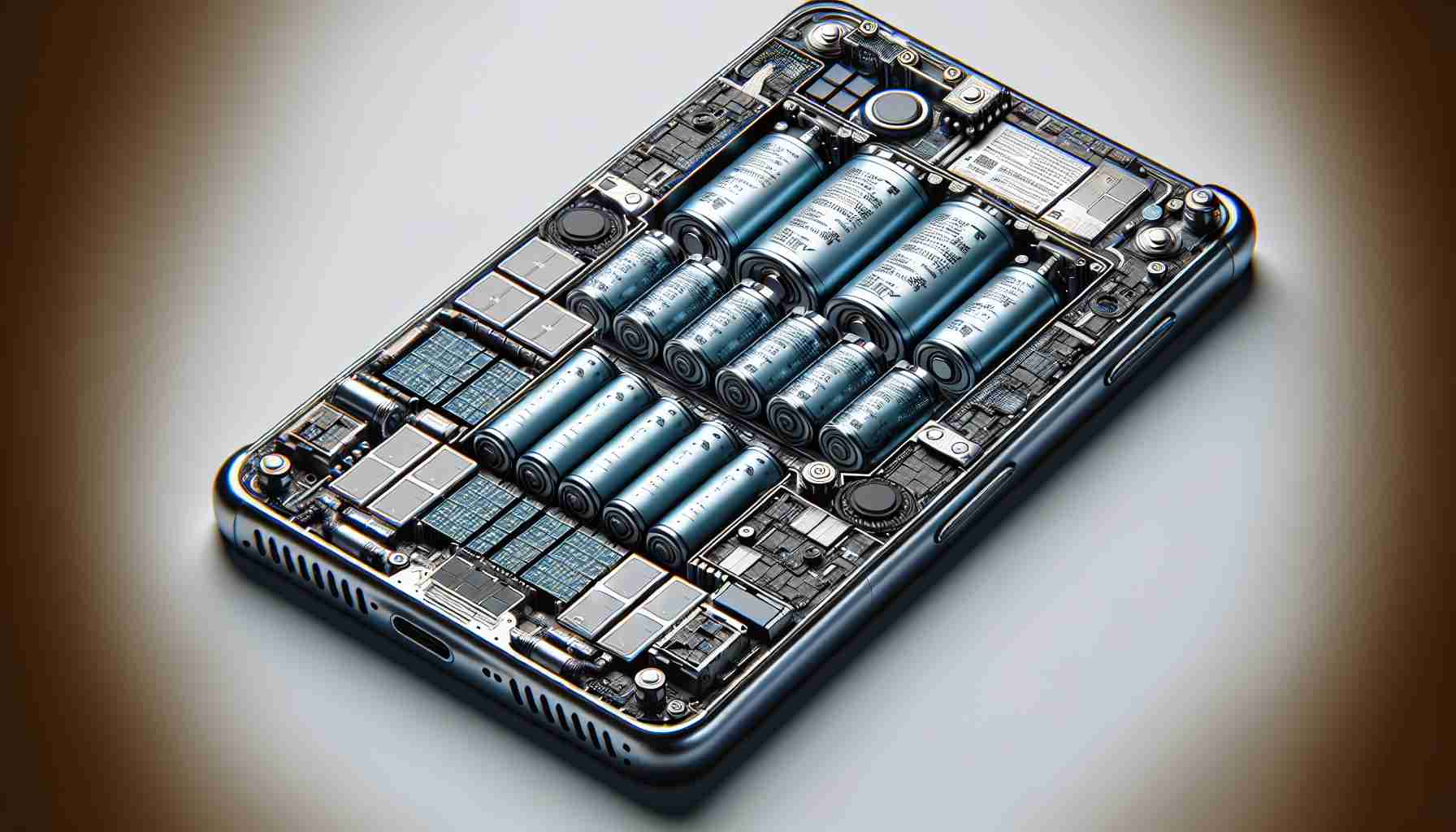Samsung has opted for fiscal prudence by continuing to utilize the established 5000mAh battery for its forthcoming Galaxy S25 Ultra model. This decision ensures the battery capacity remains consistent with the Galaxy S21 Ultra. By eschewing advancements in battery technology that would increase production costs, Samsung strives to keep the premier smartphone’s pricing competitive despite the anticipated surge in component expenses.
Preserving Power Specifications of the S25 Ultra
While industry insiders looked forward to potential enhancements in the Galaxy S25 Ultra’s power source, Samsung has chosen to maintain the current 45W fast charging feature. This announcement reflects Samsung’s broader strategy to manage expenses amid rising costs for components like the Snapdragon 8 Gen 4 processor. Ensuring financial viability for the Galaxy S25 Ultra is paramount, especially considering the chip’s high performance and the removal of efficiency cores.
Exynos and Snapdragon Chipset Deployment
Continuing their cost-effective approach, the standard Galaxy S25 and the S25+ models will predominantly incorporate Samsung’s Exynos 2500 chipset. However, to cater to specific markets such as the U.S. and China, these models will feature the Snapdragon 8 Gen 4 AP. Notably, the Galaxy S25 Ultra is expected to have this Snapdragon chipset across all markets.
Future Battery Innovations and Market Implications
While initial rumors suggested the adoption of stacked battery technology for its space-saving and performance benefits, it now appears that these advancements will be postponed. Samsung’s choice hints at a strategic reallocation of novel battery features to the later Galaxy S26 Ultra instead. Consequently, Samsung continues to weigh between innovative leaps and the imperative to safeguard profit margins amidst a competitive technology landscape.
Key Questions and Answers:
Why has Samsung decided to maintain the 5000mAh battery in the Galaxy S25 Ultra?
Samsung has decided to maintain the 5000mAh battery capacity for the Galaxy S25 Ultra, mirroring that of the Galaxy S21 Ultra, to manage costs effectively. Given the rising component prices, including those for premium chipsets, the company aims to keep the smartphone’s retail price competitive.
What are the challenges associated with Samsung’s battery strategy?
A key challenge for Samsung is balancing the need for cost efficiency with consumers’ expectations for technological advancements. Some customers might expect incremental improvements in battery technology with each new model, and Samsung’s decision to stick with the current battery might be seen as a lack of innovation. Additionally, competitors may introduce smartphones with better battery performance, which could put Samsung at a competitive disadvantage.
Advantages and Disadvantages:
Advantages:
– Consistency in battery capacity can lead to more predictable performance for users who are upgrading from the previous Galaxy S21 Ultra.
– By not investing in new battery technology for the S25 Ultra, Samsung can allocate its resources to other innovative features or retain better pricing.
– Retaining familiar technologies might also reduce potential risks associated with implementing new, untested battery advancements.
Disadvantages:
– Potential customer disappointment due to the lack of battery improvements, which might be viewed as a stagnation in product development.
– The opportunity cost of not implementing cutting-edge battery technology may result in lower consumer interest compared to rival brands that offer devices with superior battery features.
– In fast-evolving tech markets, competitors may exploit Samsung’s conservative approach as a way to pitch their own innovative offerings.
For further information on Samsung and its products, visit the official website by following this link.
